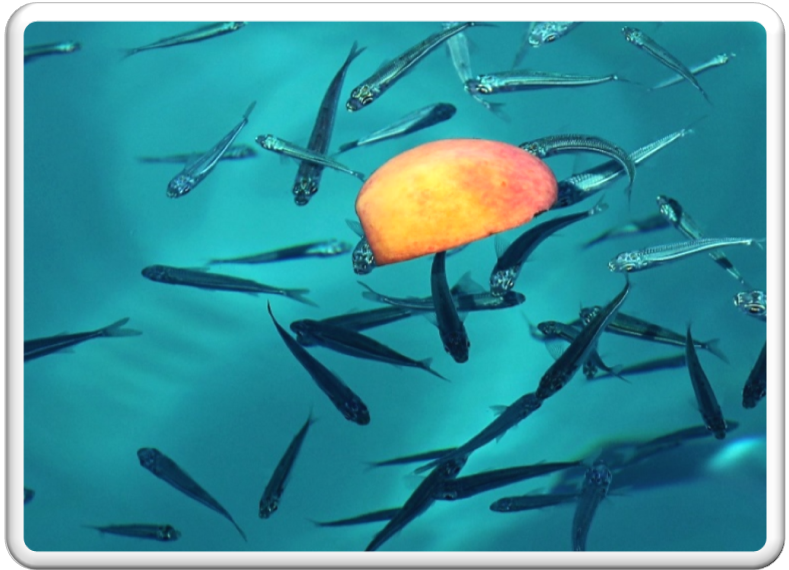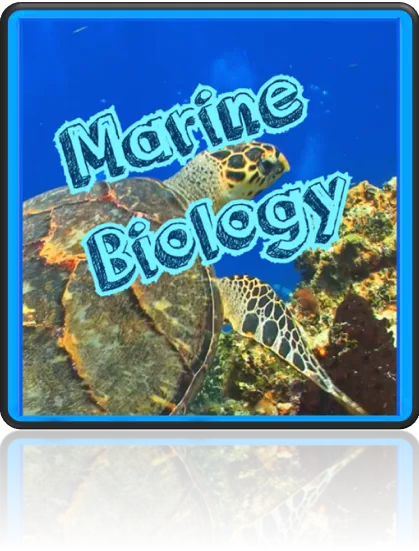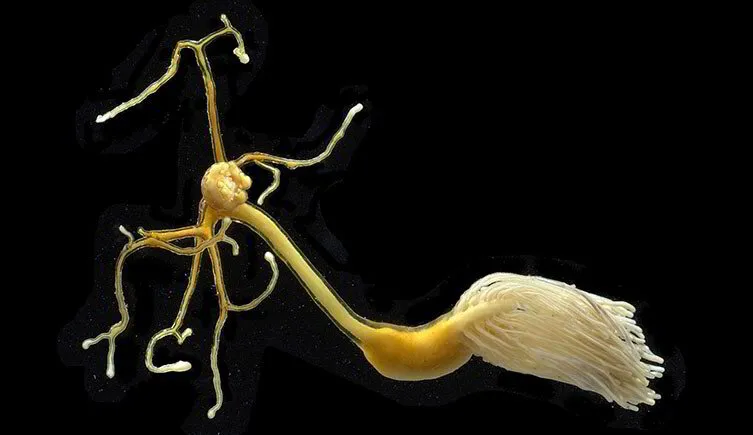Fish Tales of Freedom
 The Big FISH!
The Big FISH!
The Pilot fish is smaller than you probably think: They are not big and strong. They grow to 2 feet long. They are the striped fish in the image you see.
It is almost confusing why ‘shark bait’ (Pilot fish) would want to hang around large fish that could literally destroy them such as the Great White Shark!
The Pilot fish has no method or way of protecting itself. It does not have a stinger like the manta ray, or big teeth, venomous bite, toxic skin or stinky chemical. It can’t even ink up the water like an octopus. It is quite helpless indeed alone. So then why not be friends with one of the big bosses of the sea?
If you can’t keep yourself from being eaten or destroyed it only makes sense that you would hide close to the shark where other predators would never mess with you! The Pilot fish understands that there are few to NO predators of the Shark! So, the Shark can handle all his battles!
 The Bountiful Provider:
The Bountiful Provider:
Pilot fish are carnivorous: Meaning they eat small pieces of meat. So as the shark would devour its meal, small shards of meat would be left behind. This is a big bonus to the little Pilot fish! It has no way of killing its own fish! So, hanging out with the shark is the best way to get a tasty meal! As the pieces go floating through the water behind the shark as it moves along, the little striped fish is more than happy to eat the trail of left-over morsels!
One advantage about following the shark closely, is that it keeps its little belly full! It gets all it desires if it stays close-by!
Subscribe to watch!
5.99 mo. To watch videos!
Unlock all features!
We have sent you an email with instructions to reset your password.
You have successfully changed your password. You can now log in.
New accounts are reviewed by the administrator. We will send you an email once your account is approved.
 The Bigger Force:
The Bigger Force:
Another big advantage for these white and black striped fish, is how sleek and fast a shark is in the water than the Pilot fish! Just your average cruising along in the water would be as fast as an Olympic swimmer at about 5 MPH! And, to add some more excitement about shark speed: when attacking prey, they can swim as fast as a human can run! Now that is impressive! It only makes sense that a little 2-foot fish goes much slower than larger sharks and would take advantage of going faster!
When a shark swims it is surrounded by a “boundary layer” this is when the water current runs along the fish’s sides at the same speed as the Shark. The pilot fish take advantage of this limited boundary layer and can travel faster than it ever could on its own with little to no effort on its part!
By staying in the current the shark provides, not only can this fish travel with other fish larger and faster than himself and keep in stride, but a Soviet Scientist VV Shuleikin also studied the speed of transportation by these fish and concluded that the Pilot fish was able to travel hundreds of miles with little effort!
 A Better Protector:
A Better Protector:
Have you thought about the Pilot fish babies? For them to have the best chance to make it in the dark scary depths, the mama lays her eggs on the skin of the shark! Nothing will mess with the eggs on a shark! The Shark has truly little predators and can ward off the enemy! This small striped fish realizes the safety of its babies to the Shark even though other fish consider it a deadly enemy!
The Pilot fish is only safe, however, when staying close beside the shark, and not getting in the shark’s way or falling behind!
Why doesn’t the shark eat the Pilot fish? This is a great question! And in the next lesson we talk about Symbiotic relationships but in this scenario, this relationship is what you call mutualism a fancy way for saying both the shark and the Pilot fish need each other in different ways! How does the large shark need the Pilot fish? It has parasites and allows the little fish to go into its mouth and eat the parasites from its teeth as well as feed on little bits of food! Wow! What a smart shark to know it needs a good mouth cleaning! And what a brave little fish that will dare to venture into its mouth!
Parasitic Copepods:

The Big Picture:
It has been reported that when the Shark was snagged and hauled into ships that the poor little Pilot fish did not know what to do and seem confused without their fish leader! With the Shark leading the way, the Pilot fish places his complete trust in that shark seeing the big picture and hiding him to its destination. He is simply content to follow the Leader in charge.
In this lesson, we can learn so much from the Pilot fish in comparison to the advantages of drawing nigh to our powerful Creator God!
When we stay close to God, he promises to provide for us, he also provides us with the needed protection from evil! We can also trust God with our babies and children.
Even though God is big and powerful and scary to some people, to us he is our protector, and friend. When we stay close to him, just like the Pilot fish can go faster in the current of the shark, we can do amazing things in the power of the Holy Spirit that we could not do on our own!
So many amazing things we learn in nature that tell us about our Creator God!
So next time you go to an aquarium, or see fish with stripes, think about how amazing God is and how we can trust Him just like the Pilot fish trusts the shark!
REFERENCES:
• creationest.com/symbiotic-relationships.html
• wikipedia.org/wiki/Pilot_fish
• britannica.com/animal/pilot-fish
• seahistory.org/sea-history-for-kids/pilot-fish/
• mironov.com/sharks_pilot_fish/
• reefs.com/2016/08/30/strange-life-pilot-fish/
• Swimming shark speeds: horizoncharters.com/shark-speed-test-fastest-shark-ocean/#:~:text=If%20you're%20just%20a,a%20running%20human%20on%20land.
• Understanding Symbiosis: study.com/academy/answer/why-do-fish-swim-with-whale-sharks.html
• Credit Photo 1 Lernaeolophus sultanus, a parasitic copepod removed from its host natural history museum, London.
• Credit Photo 2 Pseudocalanus, from the North Sea Natural History Museum, London.








